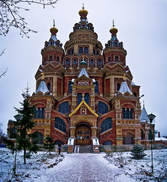
◄Cathedral at Peterhoff
St. Petersburg, second largest city in Russia, was built by Tsar Peter the Great in 1703, so it isn’t ancient like other parts of Europe. The Tsar set out to make the city as European as possible. And it is, but with a Russian flare for design. Like most European cities, among the most magnificent buildings are the cathedrals.
In spite of the confiscation of churches by the government after the October Revolution of 1917 and the destruction and looting of religious sanctuaries in the 1920’s, many of these marvelous cathedrals have been restored. While many artifacts and works of art were lost, the restorations have captured some of the prior splendor. Don’t look for pews or seats in the churches still used for Russian Orthodox services. There aren’t any. It is customary to stand during the service.
A few of the many examples follow. The Church On Spilled Blood is my favorite, and figures prominently in the title of my upcoming release, so let’s start our tour there.
CHURCH OF THE SAVIOR ON SPILLED BLOOD
This Russian Revival-style church, built between 1883 and 1907, is known as Resurrection of Christ Church or The Church of Our Savior On The Spilled Blood, but it is generally called The Church On Spilled Blood.
Everyone questions the word “on” in the name, but there’s a reason. It marks the exact spot where, in 1881, Emperor Alexander II was assassinated by a group of revolutionaries who threw a bomb into his royal carriage. His heir and younger brother, Alexander III, insisted on building the church on the exact spot of the assassination. ▼
CATHEDRAL OF SAINTS PETER AND PAUL
Valsilyevsky Island
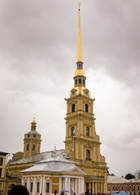
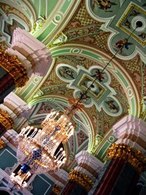
SMOLNY CATHEDRAL
This cathedral, built between 1748 and 1761, was part of a complex planned by Empress Elizabeth to include a nunnery and a school for girls. The cathedral was completed, but when Elizabeth died, the work on the monastery came to a halt. By the early 1830s, much of the cathedral had fallen into disrepair until it was restored in 1832 by Nicholas I. ▼
ST. ISSAC’S CATHEDRAL
St. Isaac's Cathedral, 1818-1858, was originally the city's main church and is the largest cathedral in Russia. Today, the rebuilt Church of Christ the Savior in Moscow exceeds its size, but St. Issac’s gilded dome of still dominates the skyline of St. Petersburg and it boasts much more impressive façades and interiors than its competition in Moscow. ▼
The Russians are really into having something “bigger” than everyone else. Competition is fierce for the biggest, tallest, strongest, etc. Photos: Wikipedia
ANNUNCIATION OF THE MOTHER OF GOD
Valsilyevsky Island
Some sources named this as the first wooden church built here in the earliest years of St. Petersburg; others say it was SS Peter and Paul. At that time, Vasilevskiy was planned as the center of the city, and rows of canals were built along what are now the Lines. In 1750, by which time Vasilevsky was predominantly a merchant quarter, construction began on a stone church, funded by wealthy members of the congregation, and principally the Chirkiniy family of brewers.
Sometimes called the Troitsky Cathedral, this cathedral is an example of the Empire style, built between 1828 and 1835 to a design by Vasily Stasov. According to the Russian tradition, each regiment of the imperial guards had its own cathedral. The Trinity Cathedral was the regimental church of the Izmailovsky regiment of Imperial guards, which moved to Saint Petersburg when the city was established as the Russian capital under Empress Anna Ioannovna (1693-1740).
Constructed during the reign of Emperor Nicholas I to replace a wooden church built in 1754-56 (damaged during a flood in 1824) began in May 1828, and the cathedral was consecrated in May 1835. The cathedral rises to a height of more than 80 meters, and dominates the skyline of the surrounding area.
After the revolution, most of the cathedral’s icons and valuables were stolen and the building was closed in 1938. At one point it was a warehouse of the Ministry of Telecommunications. It was returned to the Russian Orthodox Church in 1990. It is functioning but most bare inside.
On August 25, 2006, while under reconstruction, a fire started in which the central dome collapsed and one of four smaller cupolas surrounding it was also destroyed. The most valuable icons and other items were saved, and structural damage beneath the roof area was minor.
CHURCH-OF-THE-EPIPHANY OF OUR LORD
Gutuevskiy-Island
Photo:http://www.saint-petersburg.com/churches/church-baptism-our-lord/
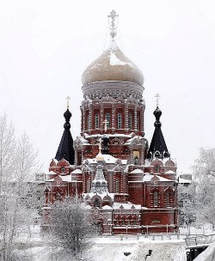
As were most churches, it was closed for religious uses in the mid-thirties and used for other purposes including a soap factory and a morgue. Being close to the waterfront, it suffered heavy damage during WWII. The interior embellishments and precious decorations were plundered or destroyed after the Revolution. In 1991, the ruined building was returned to the Orthodox Church. The first service was held on January 19th, 1992, and restoration work began later that year.
CHESME CHURCH
This Gothic-Revival style church was built by Russian court architect Yury Felten between 1777 and 1780 at the direction of Catherine the Great. It was the house church for the Chesme Palace, a stopover between St. Petersburg and the summer palace of the royal family in Tsarskoe Selo. It is now within the city of St. Petersburg.
Photos: http://www.saint-petersburg.com/
NAVAL CATHEDRAL OF ST. NICHOLAS
Konstadt
The Naval Cathedral of St. Nicholas, modeled after Hagia Sophia in Istanbul, is the last and largest naval cathedral of the Russian Empire built in Kronstadt (a small town which is now part of St. Petersburg) in 1903-1913. It is the tallest building in Kronstadt (70.5 meters).
This majestic Byzantine cathedral is a monument to all sailors of the Russian Navy. Kronstadt, founded by order of Peter I, was the main naval base of the Baltic Fleet since 1720s. It is considered the main church of the Russian Navy. It was built with the personal support of the last tsar, Nicholas II and consecrated in June 1913 during the 300th anniversary of the Romanov dynasty. The cathedral's dedication to St. Nicholas reflected not only the role of that saint as the protector of seafarers, but also a connection to the imperial patron, Nicholas II.
The building was closed in 1929 and reopened as a movie theater, a House of Officers (1939) and in 1980 it was converted to a museum of the Navy.
KAZAN CATHEDRAL
Kazan Cathedral, known as the Cathedral of Our Lady of Kazan, is a Russian Orthodox Church on the Nevsky Prospekt dedicated to Our Lady of Kazan, probably the most venerated icon in Russia.
The cathedral was built between 1801 to 1811 by architect Andrev Voronikhin at the order of Emperor Paul I who wanted it to duplicate the Vatican’s Basilica of St. Peter.
Photos: https://www.rbth.com/ Photo: Wikipedia Photo: visit-petersburg.ru/en/showplace/
CHURCH OF THE TRANSFIGURATION OF OUR SAVIOR
Kizhi Island
I've strayed a distance from St. Petersburg for this example, but it's too magnificent to not include. Two of the most remarkable churches I saw in Russia are located side by side on Kizhi Island. a small island of the Kizhi Archipelago in Lake Onega, about 300 miles northeast of St. Petersburg.
The structures were almost lost to deterioration but, in 1990, UNESCO designated the entire island as a World Heritage Site. As such, smoking is prohibited except in certain identified areas due to the nature of the wooden structures. Also, no one lives on the island and staying there overnight is prohibited. □
Sources
http://www.saint-petersburg.com/cathedrals/church-resurrection-jesus-christ/
http://russiatrek.org/blog/architecture/the-church-of-the-savior-on-spilled-blood-in-st-petersburg/
https://www.afar.com/places/church-of-our-savior-on-the-spilled-blood-saint-petersburg-2
http://russiatrek.org/blog/travel/kronstadt-naval-cathedral-in-st-petersburg/
http://russiatrek.org/blog/art/amazing-interior-of-the-naval-cathedral-in-kronstadt/
https://en.wikipedia.org/wiki/Kronstadt_Naval_Cathedral
https://www.tripadvisor.com/Attraction_Review-g2394587-d2618634-Reviews-The_Naval_Cathedral_of_Saint_Nicholas_in_Kronstadt-Kronshtadt_Kronshtadtsky_Dist.html
https://www.rbth.com/travel/2013/08/09/the_kronstadt_cathedral_byzantine_monument_to_russias_navy_28797.html
https://www.rbth.com/travel/327369-things-foreigner-should-never-do-in-russia
https://en.wikipedia.org/wiki/Kazan_Cathedral,_Saint_Petersburg
http://www.visit-petersburg.ru/en/showplace/195646/
https://en.wikipedia.org/wiki/Chesme_Church
https://www.bluffton.edu/homepages/facstaff/sullivanm/russia/stpeter/chesme/chesme.html
https://travel.sygic.com/en/poi/chesme-church-poi:5187795
https://theculturetrip.com/europe/russia/articles/the-most-beautiful-churches-in-st-petersburg/
http://www.angelfire.com/pa/ImperialRussian/blog/index.blog?start=1366517699&topic_id=1070238
http://orthodoxinfo.com/praxis/whystand.aspx
http://www.slate.com/blogs/atlas_obscura/2014/04/28/the_intricate_wooden_churches_of_kizhi_island.html
http://naturalhomes.org/kizhi-island.htm
https://www.rbth.com/articles/2011/01/28/the_churches_of_kizhi_russias_sacred_island_12318.html
https://en.wikipedia.org/wiki/Saints_Peter_and_Paul_Cathedral,_Saint_Petersburg
https://www.tripsavvy.com/kizhi-island-1502253
http://tripconnoisseurs.com/product/russian-waterways2/
https://holeinthedonut.smugmug.com/DailyPhotos/HITD-Daily-Photos/i-87xn52Q
http://www.visit-petersburg.ru/en/showplace/195646/
http://www.designsponge.com/2009/09/past-and-present-log-cabin-cast-iron-skillet-project.html
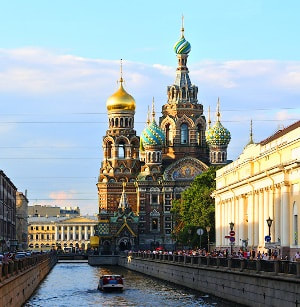
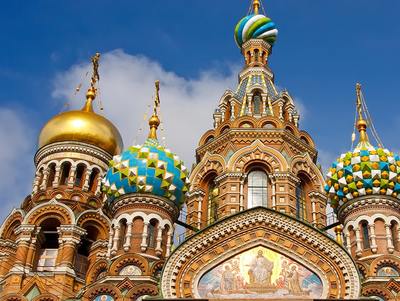
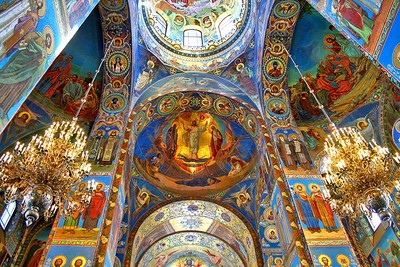
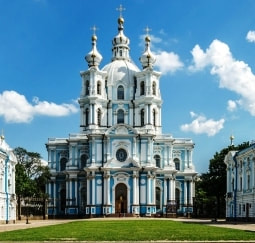
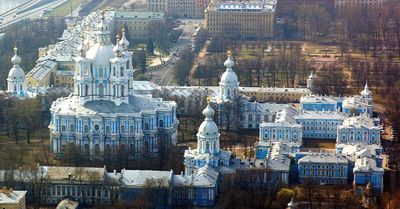
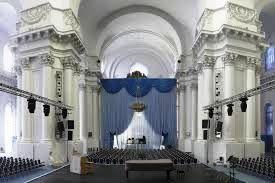
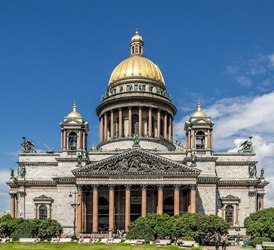
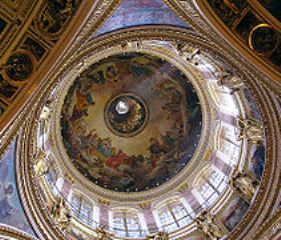
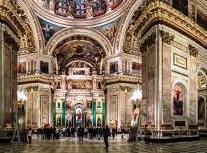
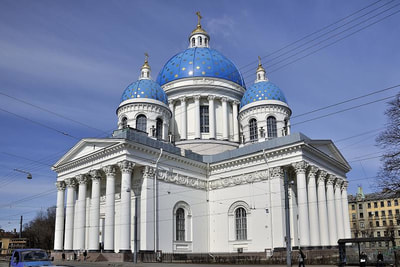
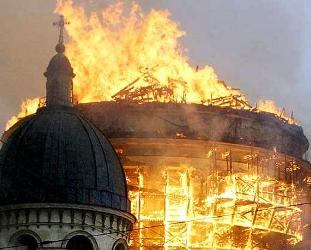
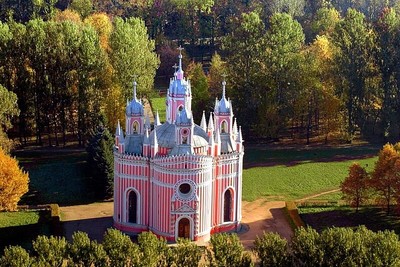
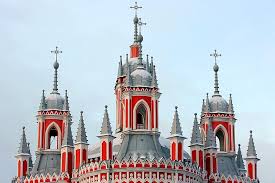
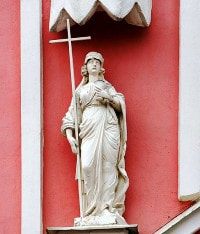
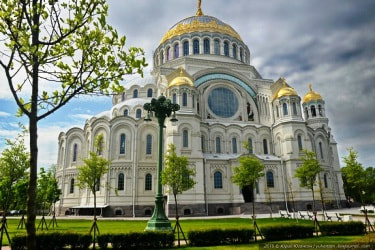
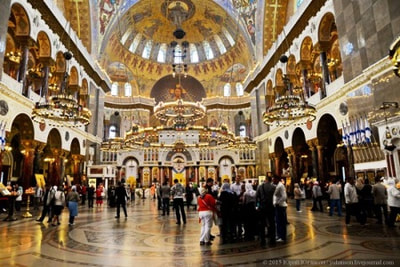
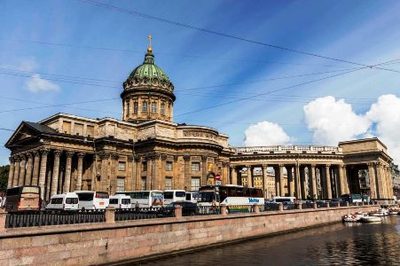
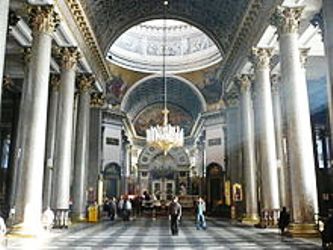
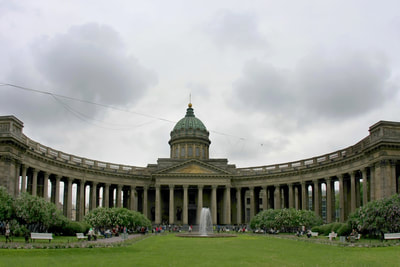
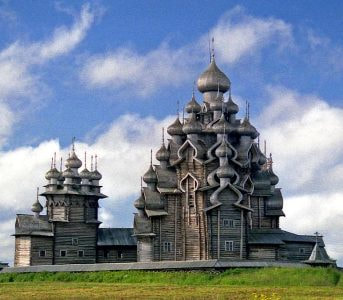
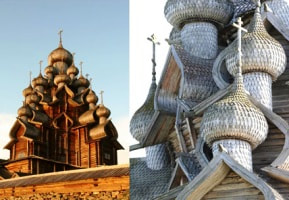
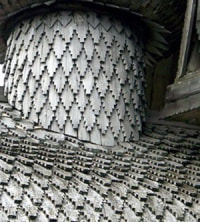
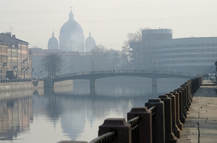
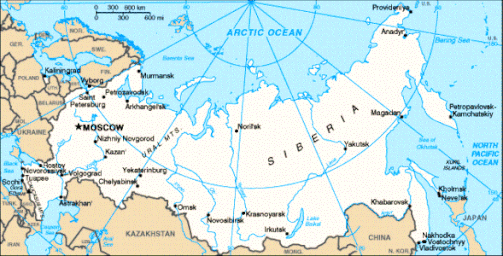
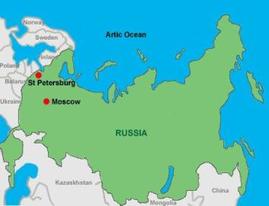
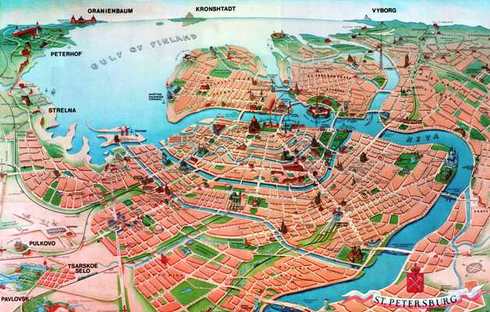
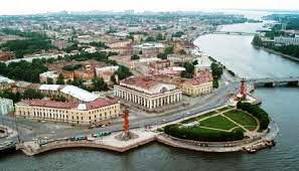
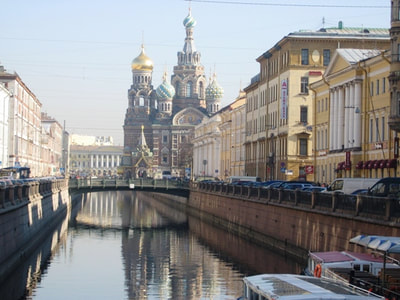
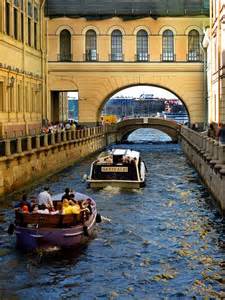
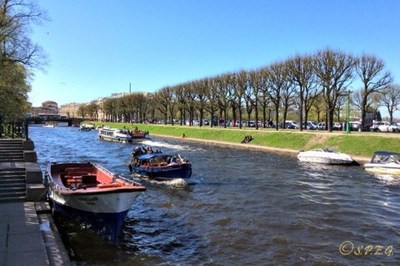
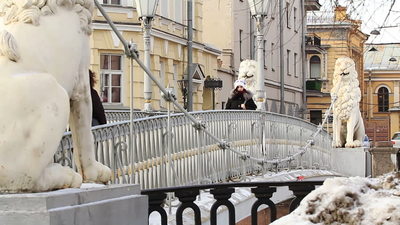
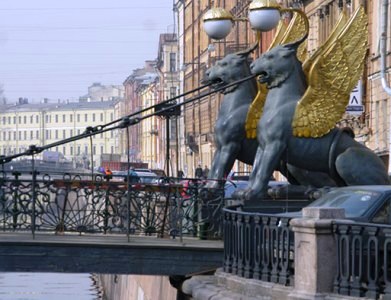
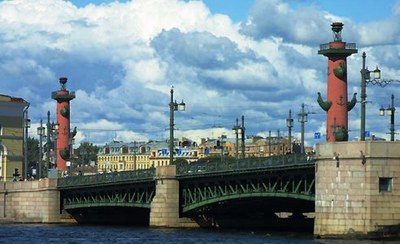
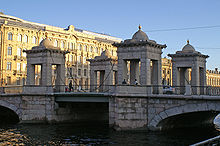
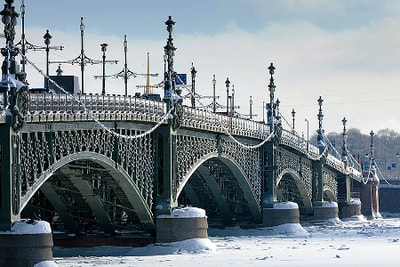
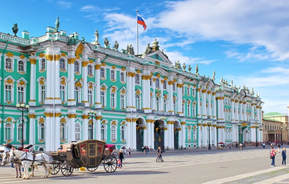
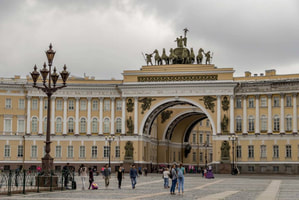
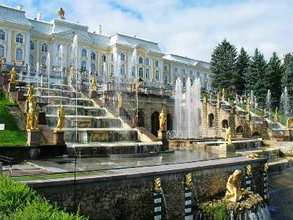
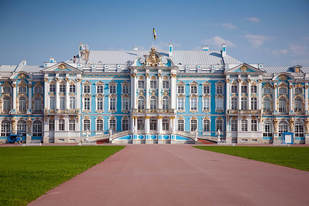
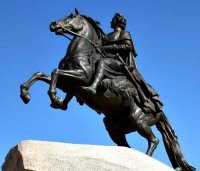
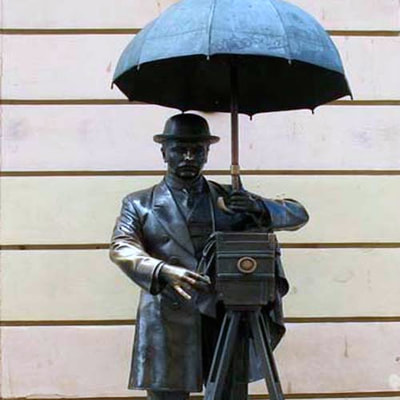
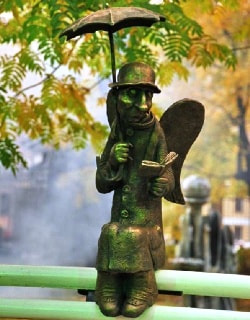
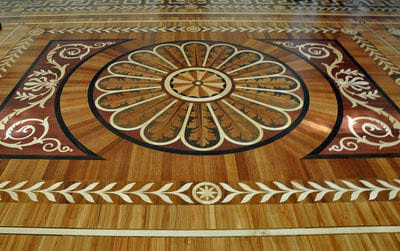
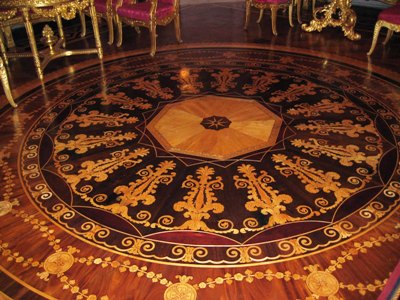
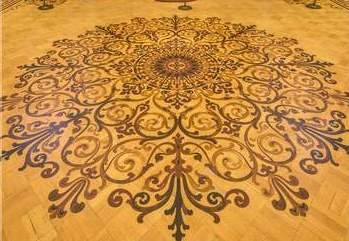

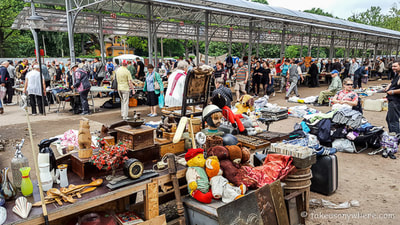
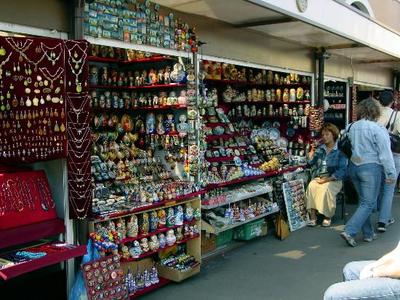
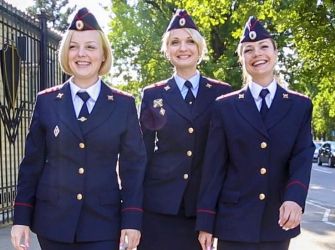
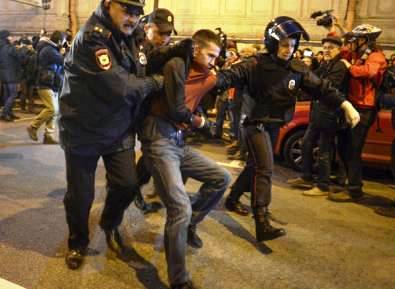
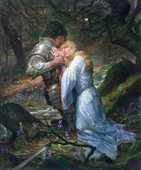
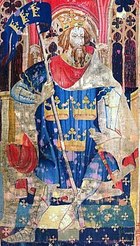
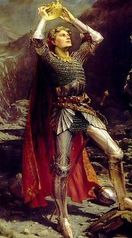
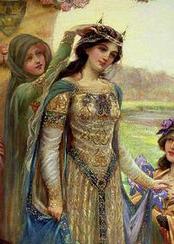
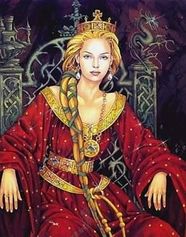
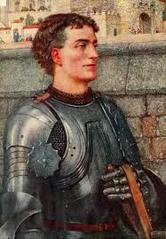
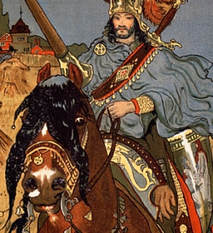
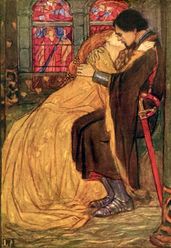
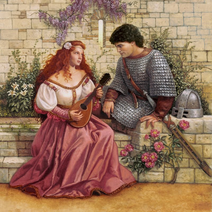

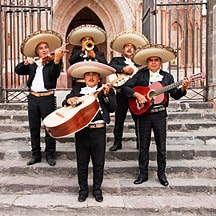
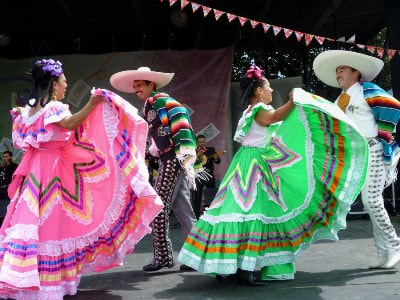


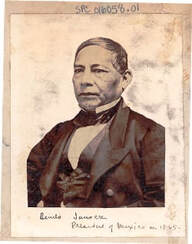
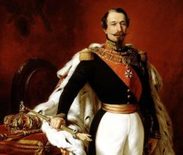
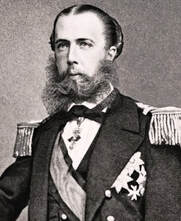
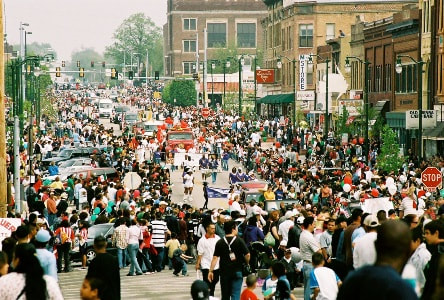
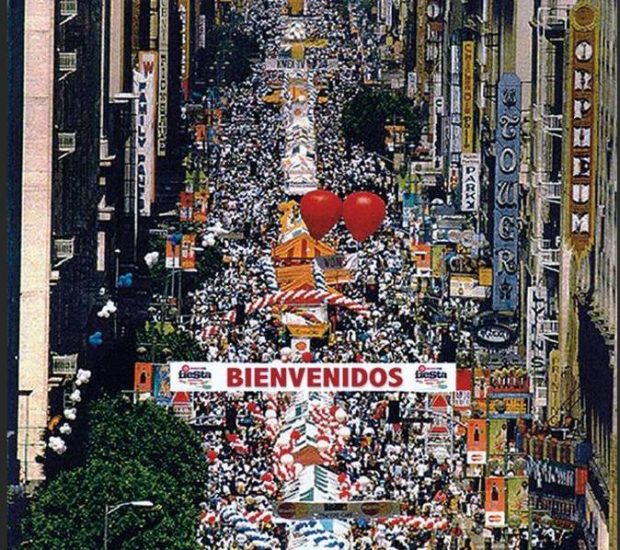
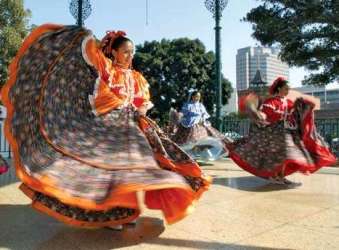
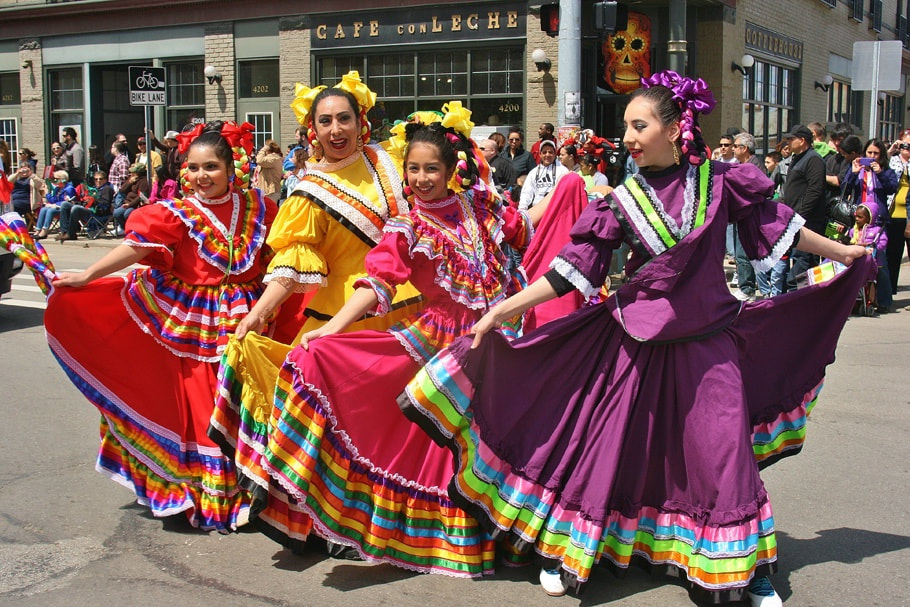
 RSS Feed
RSS Feed